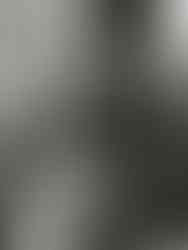From Brushstrokes to Spatial Rhythm: How Hans Hartung Inspired Simon Chong to Reconstruct the Perception and Emotional Flow of Residents
- siuwunho

- 2 days ago
- 2 min read
When designing each space, Simon Chong always considers: Can vision become a guide to emotion, rather than just surface decoration? Hans Hartung's work is the starting point for his exploration of this possibility
Artist Hans Hartung (1904–1989), born in Germany, showed a strong interest in abstract expressionism from a young age. He is also a representative figure of the "Lyrical Abstraction" and the "School of Paris" styles. Hartung's works are known for their free-flowing brushstrokes, strong rhythm, and unique use of media. Charcoal, pastel, airbrush, and even industrial plastics all became tools for him to express emotions and energy.
His creations do not rely on figuration, but rather capture the inner tension and perception of humanity through lines and textures. Seemingly improvisational, they are actually highly structured, like the rhythm of music, sometimes rapid, sometimes soothing. This sense of rhythm taught Simon how to use materials, light and shadow, and proportion in his designs to guide the flow of emotions in the residents.
Simon had previously traveled in Europe to personally appreciate Hartung's original works, experiencing the direct impact of his brushstrokes and energy, and transformed this feeling into his design language. He shared, "The power of space lies not in what it says, but in what it makes people feel. In some residential projects, I choose to draw inspiration from Hartung's paintings, treating the walls with brushstroke-like textures, or extending the language of lines to the layout of lighting and furniture. This is not just a visual echo, but a subtle, perceptual design."
If you are interested in art collections, artistic residential design, or antique furniture, please contact us to find out more about our professional consulting services.
Source of portrait: Perrotin | Hans Hartung painting with one of his custom-made multi-brushes, in his atelier in Antibes, in 1975. Photo by André Villers.





















